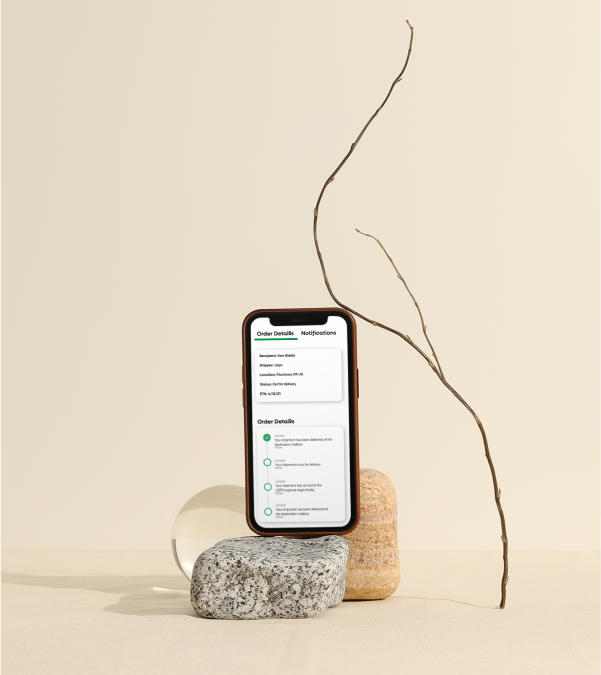It’s said that 79 percent of customers view free returns as important, which makes sense when we think about reverse logistics as a driver of Customer Lifetime Value (LTV). Return policies give your customers confidence in you and your products because, well, sometimes things just don’t work out.
It isn’t just because we face unprecedented challenges in logistics and supply chain that we need to revise our reverse logistics strategies, policies, or processes. These challenges only highlight what is an ever-growing problem – return waste. Reverse logistics, more specifically sustainable reverse logistics, is then more important than ever as customer demand for sustainability rises, along with Earth’s temperature.
But what about the cost to you? And what do we do with all these returns? Where in the reverse logistics process can change occur for successful and profitable waste mitigation?
Here’s our list of the 5 Rs of Reverse Logistics. Let’s explore each one.
1. Returns
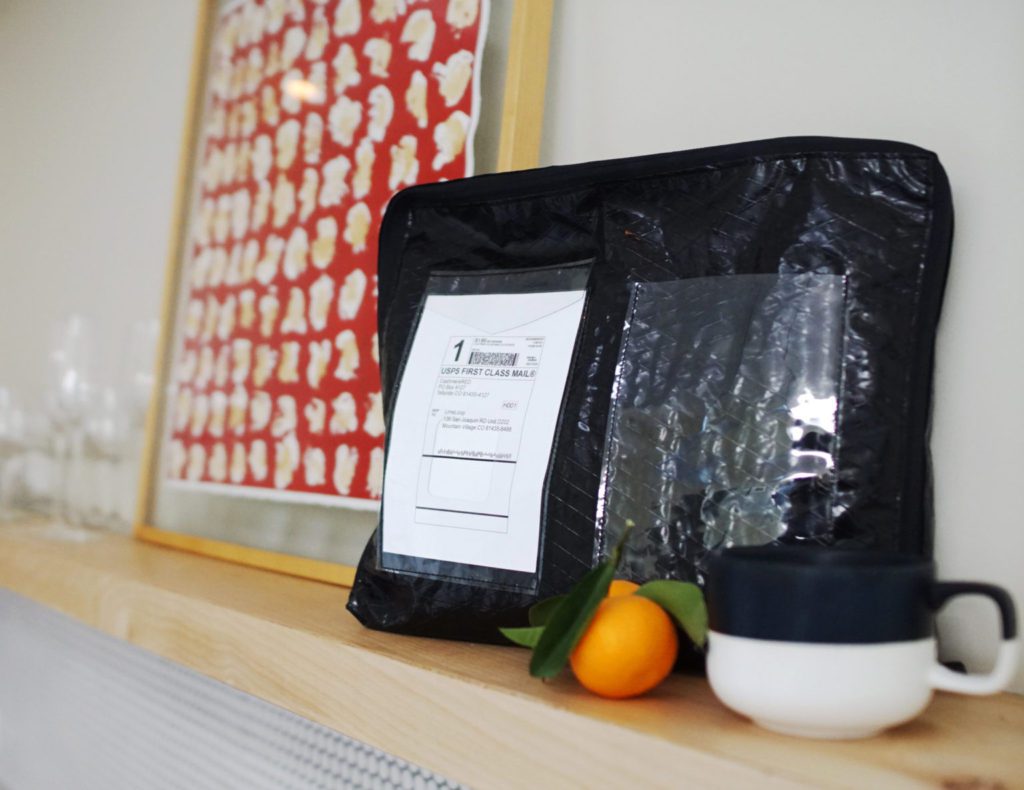
This one’s seemingly obvious. For without returns, we wouldn’t need reverse logistics. Right? But let’s first consider the items returned and their life cycles. Apparel (88%) and shoes (44%) are the top returned items, and the most expensive to process. They’re expensive because without the right information or technology, retailers must take these returned items at face value.
Sure, customers can inform retailers about the item as much as possible. But with fraud being ever prevalent, who’s to say what’s what with that return? And if an item just didn’t fit, then why landfill it at all? Challenge number one in today’s reverse logistics systems: visibility. And not only visibility into the overall process – who has what and where? – but visibility into the item being returned. Period.
Return waste begins at the product and ends with the packaging, but we’ll get into that in a bit. Retailers landfill returns because it’s cheaper and makes sense when considering they can’t possibly know what they don’t know. But customers and sustainable reverse logistics demand better. As we’re about to see, there are options around a return’s life cycle.
2. Reselling
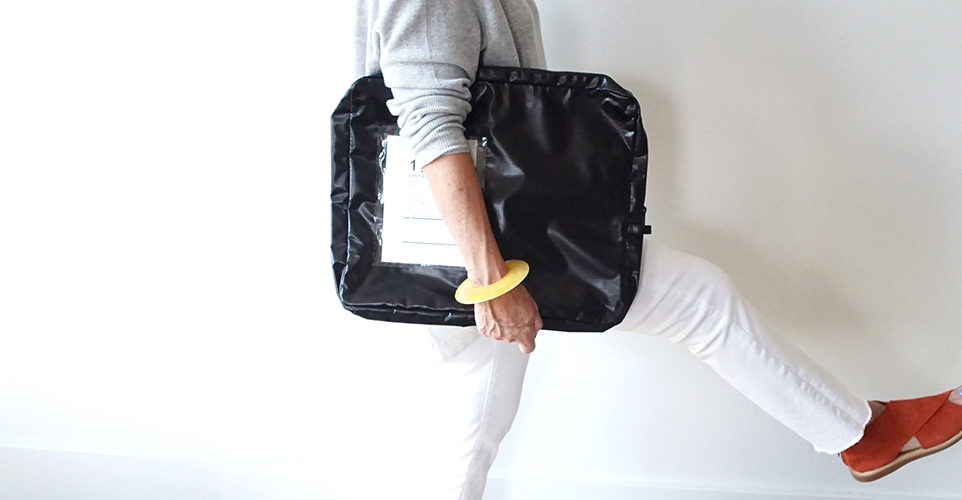
Okay, we’ve established visibility as a tremendous challenge in mitigating and, eventually, eliminating return waste. However, in the meantime, there are returns which can be resold, aiding your triple-bottom line. But how can we resell items we know nothing about? With the right combination of technology, it’s possible to know what’s what about any return – apparel, shoes, or otherwise.
EON, a tech company, integrates IoT into clothing, creating a “digital passport,” which provides insight into the full lifecycle of a piece of clothing. Imagine knowing information like how a piece of clothing was made, how it should be repaired or cleaned, and its past locations? Technology as such makes reselling returns that much easier and more cost effective when all retailers need to do is scan a QR code.
When we think outside the box, we see beyond the visibility challenge. While a QR code can inform a retailer about the item, reusable packaging can inform a retailer about the package’s origin through its reverse journey. Gaining insight into a package’s journey and gaining insight into the item being returned allows for more opportunity in reselling as retailers will know everything they need to be better able to safely reshelve a returned item.
3. Repairs
“Got something that needs fixing?
Start your repair here or bring it in to a Patagonia-owned store.”
Outdoor clothing giant, Patagonia, worked repairs right into their returns policy. They even provide their customers with DIY repair tutorials and articles to expedite the process because repairs aren’t necessarily the quickest route when attempting to clean up reverse logistics. Patagonia estimates clothing, gear, wetsuit, and wader repair turn around time at or about 10-12 weeks. That’s including determining whether an item is worthy of repair or not. And if not? Customers will wait for their item to be sent back, or for a credit if their item is beyond repair.
This makes sense when we think about determining end-of-life in sustainable reverse logistics. Most, if not all of Patagonia’s outerwear and gear is designed for longevity. While repairs help mitigate waste, the process is often labor and time intensive, which may cost retailers more upfront if they don’t have the system in place to process repairs. But with the right technology, any return policy can incorporate repairs.
The IoT enabled sensors in our reusable packaging, for example, help with resource allocation given the predictive analytics provided by the data collected on each package. With real-time tracking, retailers can better inform their customers of when they should expect their item back, but also inform labor decisions in hiring and recruiting employees for repairs, specifically, if a brand starts to see more and more repairs initiated at point of return. It isn’t a short-term solution, for data needs time to accumulate, but long-term, retailers could reinvigorate their workforce after enough circulations of their fleet of reusable packages.
4. Reuse
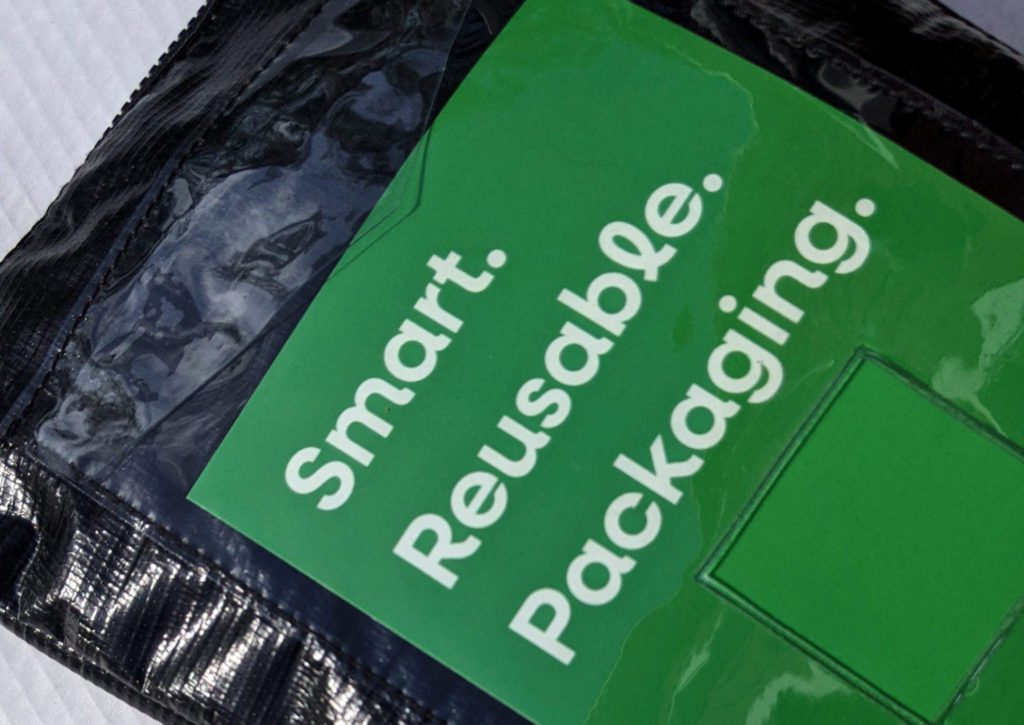
We mentioned earlier that return waste begins with the product and ends with the packaging. Here’s why.
Single-use not only feeds the logistical and supply chain challenges, but it also adds to the waste we’re trying to mitigate. Now consider each time a customer sends an item back. We’re doubling, if not tripling, the single-use packaging, depending on a retailer’s reverse logistics process. Not to mention, we’re not learning anything about the product – where it is or has been, who’s handled it, how long did the customer wait to return it? We seek answers, not more questions.
However, if retailers implemented sustainable shipping with reusable packaging, customers could send their returns in the same package their order came in, and retailers could use those same reusables to redistribute processed, salvageable returns. Reusable packaging with IoT and clothing with IoT? We know, we’re excited, too. Because what all this IoT means is that retailers, fulfillment centers, carriers, last-mile delivery services, customers, and those involved in reverse logistics can work collectively, simultaneously, and efficiently to clean up the waste and overcome supply chain challenges.
5. Recycling
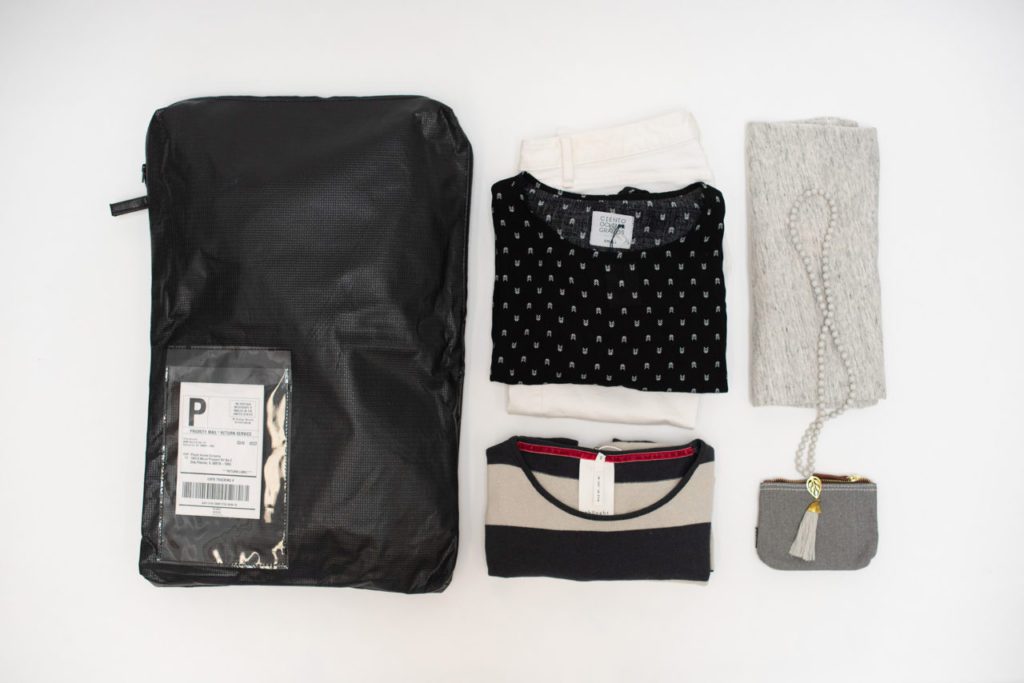
Last, but not least, in our list of the 5 Rs of reverse logistics: recycling. There may be times when returned items are seemingly unsalvageable – perhaps they were damaged in transit or a retailer has worked recycling into their reverse logistics. Either way, recycled clothing, for example, may be used to make more. Evrnu, a textile innovations company, uses “NuCycl Technologies” to tap into the untapped natural resource that is discarded textiles.
With their technologies, Evrnu turns waste into a resource, adding value to the circularity of sustainable fashion. If more retailers knew the material makeup of returned clothing by using IoT enabled “digital passports,” and they understood the surrounding area given IoT enabled reusable packaging, retailers could make smarter, sustainable decisions in recycling processes that are environmentally friendly and profitable.
What we came up with..
These 5 Rs of reverse logistics do not have to be the proverbial thorns in every retailer’s side because the application of technology and reuse creates a seamless reverse logistics process. Keeping customer LTV in mind, a retailer even just shipping with reusable packaging gains more insight into their reverse logistics, and overall supply chain, than those who ship with single-use. Put simply, a closed loop system will keep customers coming back.
What you save (up to 60%) in packaging, your customers are further saving in time and effort. Returns become hassle free. Additionally, they become sustainable as retailers gain cumulative data-driven insights into the packages and the items being returned. And with the coupling of reuse and “digital passports,” there’s no reason for retailers to continue landfilling resellable, repairable, or recyclable returns.

